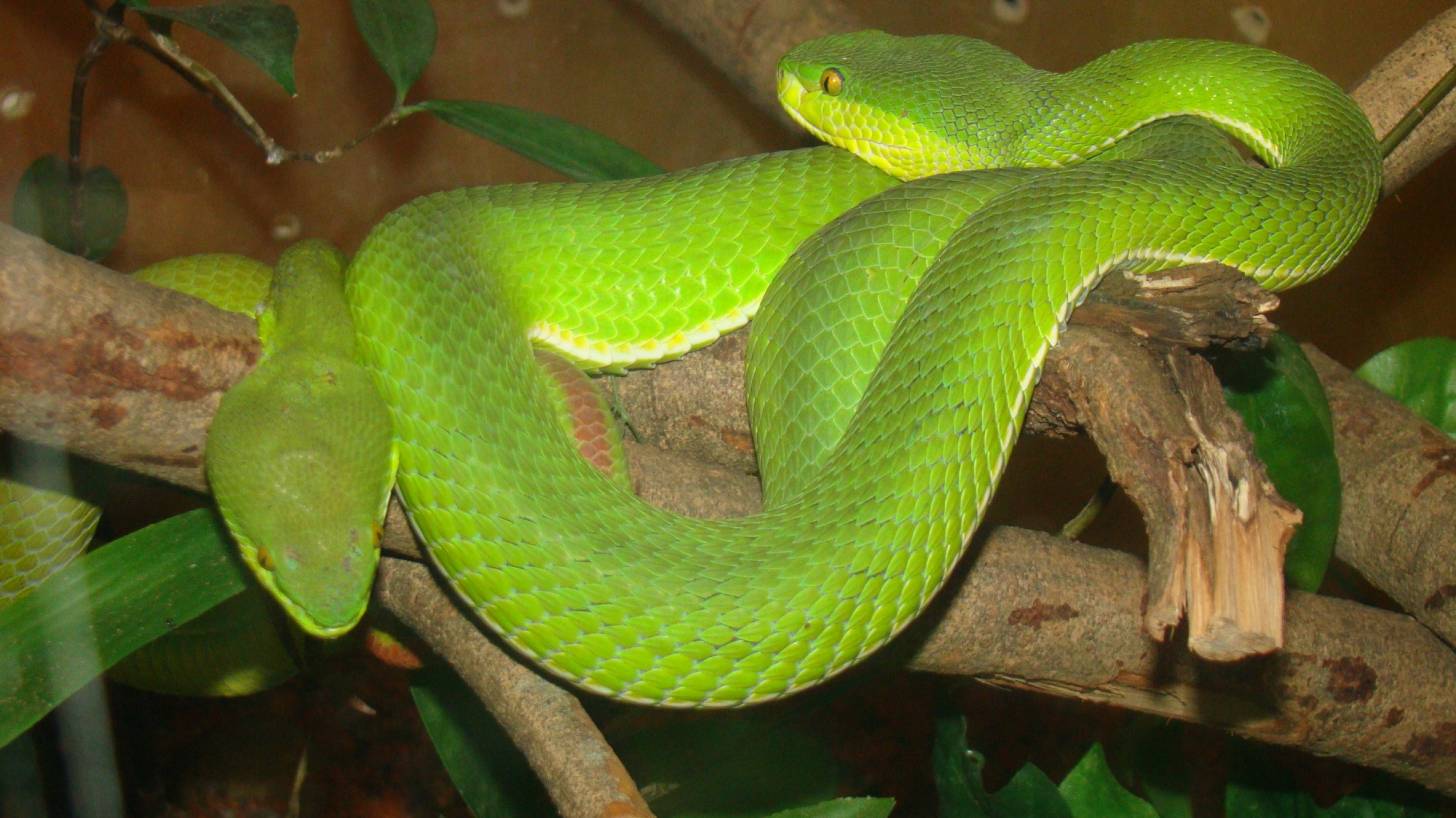$103 Million Dollars to Combat Snakebites

Treatments for snakebites already exist, but remain one of the world's hidden health issues.
People in rural areas of sub-Saharan Africa and India who have limited access to hospitals and medication are most at risk from snakes.
In the USA, the Center for Disease Control and Prevention (CDC) says that up to 8,000 people per year receive venomous bites, and about 5 of those people die.
However, globally, snakes kill between 81,000 and 138,000 people each year and leave another 400,000 with life-changing disabilities in under-developed countries.
To help prevent these ongoing health issues, Wellcome Trust announced an ambitious $103 million dollar initiative on May 16, 2019, to improve the treatment of snakebites in poor countries and support the development of antivenoms that can treat the toxins of different snake species.
Wellcome Trust and other partners plan to establish a pan-African network of clinical trials carefully designed to test promising new drug candidates in people, said Phillip Price, who leads snakebite science at the Wellcome Trust in London.
One of those partners is the World Health Organization (WHO), which is due to publish a strategy on snakebites on May 23, 2019, focusing on a 50 percent reduction in mortality and disability caused by snakebite envenoming by the year 2030.
The world produces less than half of the antivenom it needs for several reasons.
Venom varies widely between snake species, and many clinics are not equipped to respond with the correct anti-venom.
Anti-venom is essentially pre-made antibodies to a mixture of different rattlesnake venoms. Because rattlesnake venom is a complex mixture of proteins, antibodies are a pretty good neutralizing agent, says the WHO.
High-quality anti-venoms are also expensive to make, often work only against the species of snake from which the venom was taken, and can cause dangerous side effects, such as potentially fatal allergic reactions.
In sub-Saharan Africa, a hotspot of the snakebite crisis, the drugs are in short supply, and even when hospitals have them, they are often ineffective against local snake species.
Tools of genomics, immunology and structural biology promise to deliver much more effective treatments. Scientists have already discovered that certain molecules inhibit the toxic activity of venom from carpet vipers (Echis ocellatus) in Cameroon and Ghana.
Other approaches rely on mixtures of certain human antibodies that can neutralize neurotoxins of the extremely venomous black mamba (Dendroaspis polylepis).
Anti-venoms based on human antibodies can be produced at roughly the same costs as animal-derived antivenoms.
In the USA, venomous snakes include rattlesnakes, copperheads, cottonmouths/water moccasins, and coral snakes, says the CDC.
Rattlesnakes are the largest of the venomous snakes in the USA.
They can accurately strike at up to one-third their body length and use their rattles or tails as a warning when they feel threatened. These snakes may be found in most habitats, including the mountains, prairies, deserts, and beaches.
The CDC says to take the following steps if bitten by a snake:
- Dial 911 or call local Emergency Medical Services
- Try to remember the color and shape of the snake, which can help with the treatment of the snakebite
- Keep still and calm. This can slow down the spread of venom
But, do NOT pick up the snake or try to trap it, which could turn a bad situation into a disaster!
Our Trust Standards: Medical Advisory Committee
- Snakebite crisis gets US$100-million boost for better antivenoms
- Snakebites, a globally neglected killer, get a ‘transformational’ injection of research funds
- 'Hidden health crisis' of snakebites gets $100 million funding injection
- Vipers, mambas and taipans: the escalating health crisis over snakebites
- Developing a universal antivenom to treat snake venom-induced consumption coagulopathy
- Snakebites: making treatments safe, effective and accessible
- VENOMOUS SNAKES
- Poison Control has seen 13 rattlesnake bites since Jan. 11.

